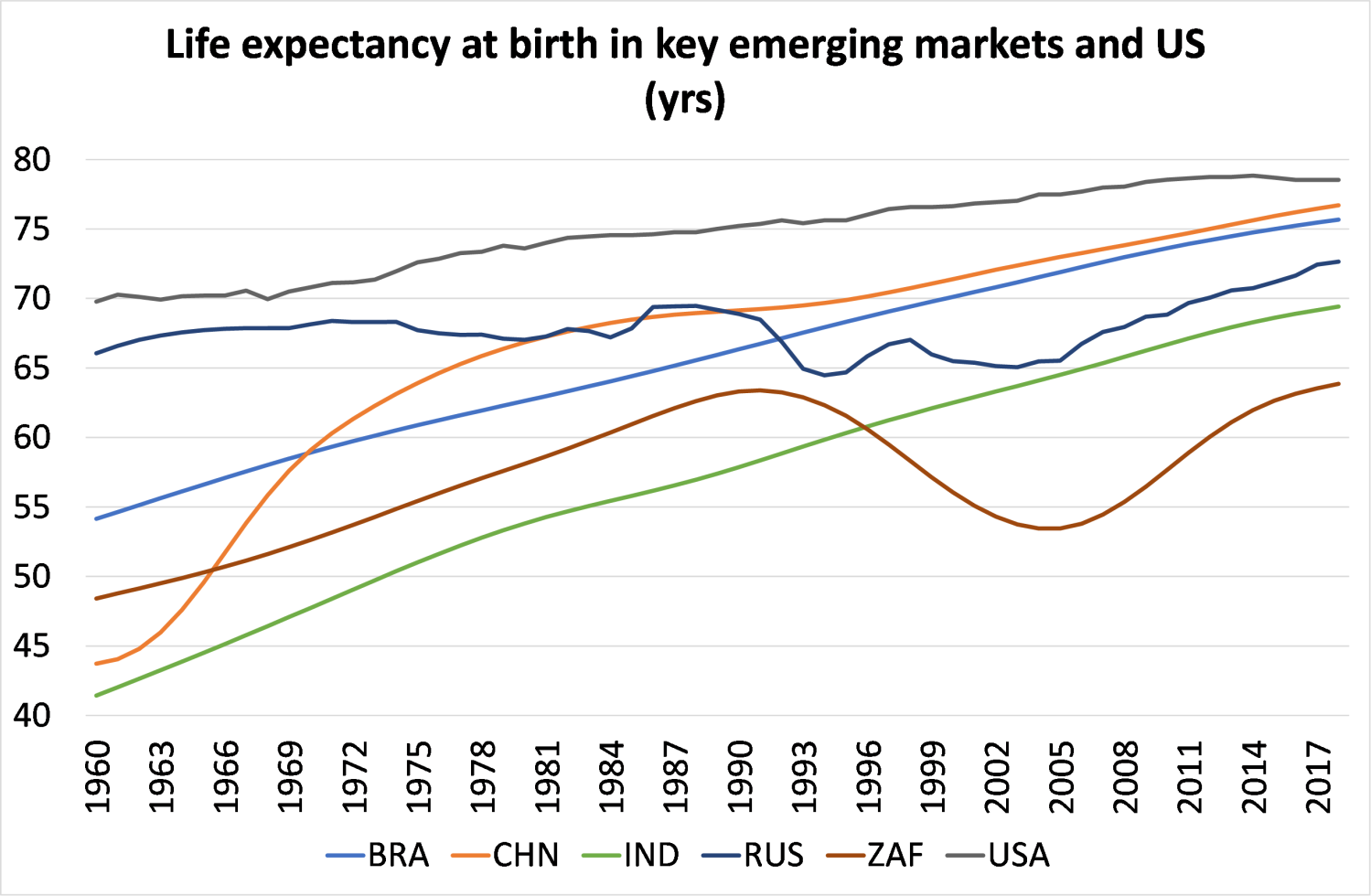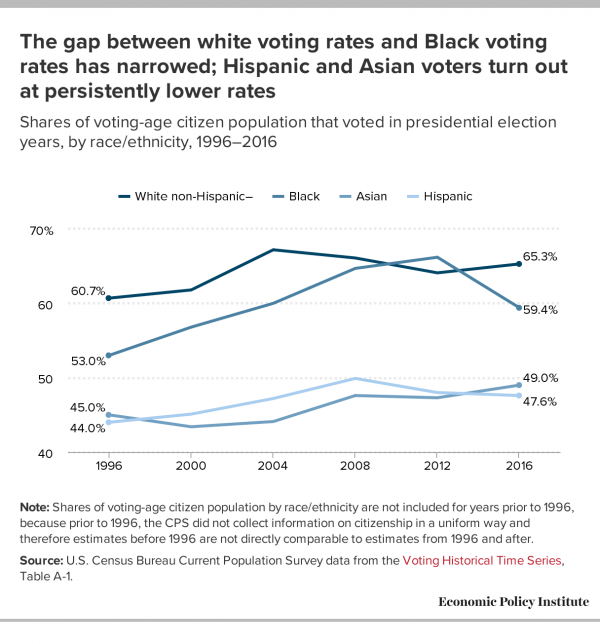https://www.epi.org/blog/heading-into-election-day-at-least-30-million-workers-are-being-hurt-by-the-coronavirus-recession/
One of the most frequent questions I've gotten in the last few months is, "How many workers are being hurt by the coronavirus recession?" There is a huge amount of confusion about this because two major, completely separate, government data sets that address this question are reporting very different numbers. Specifically, the Bureau of Labor Statistics (BLS) reported that the official number of unemployed workers in September, from the Current Population Survey, was 12.6 million (September is the latest data available; October numbers will be released this Friday). But during the reference week for the September monthly unemployment figure—the week ending September 12—the Department of Labor (DOL) reported that there were a total of 26.5 million people claiming unemployment insurance (UI) benefits. The UI number is compiled by DOL from reports it receives from state unemployment insurance agencies.
What is going on? In a nutshell: The BLS official number of unemployed workers vastly understates the number of workers who have faced the negative consequences of the coronavirus recession, and DOL's UI number overstates the number of workers receiving unemployment benefits.
Let's first look at UI. An important way the numbers coming out of DOL are overstating the number of people receiving UI benefits right now has to do with delays in the processing of applications (delays caused by the overwhelming number of applications UI agencies have received during the COVID-19 crisis). When a worker's benefits are delayed, they are paid retroactively. This is as it should be, but it causes reporting problems. Say a worker claims UI benefits not just for their most recent week of unemployment, but also for the six prior weeks. That worker will show up in the data not as one person who claimed seven weeks of benefits, but as seven claims. Nobody knows how extensive that problem is, but this New York Timesarticle has good information on it. Another issue is that state UI agencies have been the target of fraud—not individuals filing one or two fraudulent claims, but sophisticated cyberattacksinvolving extensive identity theft and the overriding of security systems. Note: None of this negates the fact that the expansions of unemployment insurance in the CARES Act were an enormous success! These expansions have been a lifeline to millions and a crucial boost to the economy.
It is worth noting that both of the issues described above (double-counting of claims and vulnerability to fraud) are problems precisely because we have profoundly disinvested in our UI systems for decades, and agencies are often working on computer systems that are decades old. We entered this recession with a rickety system that was nowhere near agile enough nor sound enough to handle what has been expected of it during this time, and we are now paying the price. We must not make this mistake again; we must shore up our systems so that we enter the next recession with the world-class system U.S. workers deserve.
Given the problems with the UI data, I estimate the number of workers affected by the coronavirus recession using the monthly unemployment data from BLS. As mentioned above, the official number of unemployed in September—12.6 million—is a vast undercount of the number of workers being harmed. Here are the missing factors:
- Some workers are being misclassified as "employed, not at work" instead of unemployed. BLS has discussed at length that there have been many workers who have been misclassified as "employed, not at work" during this pandemic who should be classified as "temporarily unemployed." In August, there were 0.8 million such workers. (Wonky note: Some of these workers may not have had the option of being classified as "temporarily unemployed," meaning they weren't technically misclassified, but all of them were out at work because of the virus.)
- Some workers who are out of work as a result of the virus are being counted as having dropped out of the labor force instead of as unemployed. In order for a person without a job to be counted as unemployed, they must be available to work and actively seeking work. However, during the COVID-19 crisis, many people who are out of work as a result of the crisis do not meet those criteria. For example, many workers are out of work because of care responsibilities as a result of COVID-19 (e.g., a young child's school being remote, or an elderly parent's day care closing). These workers would not be counted as officially unemployed but are nevertheless out of work because of the virus. To calculate how many there are, I simply calculate what the labor force level would be if the labor force participation rate had not dropped since February—the month before the pandemic hit the U.S. labor market—by multiplying the February labor force participation rate by the August population level. I then subtract this "counterfactual" labor force from the actual labor force. This yields an additional 5.1 million people out of the labor force as a result of the virus.
- The number of officially unemployed is undercounted, even in normal times (and is probably worse now).Rigorous research that addresses issues like the fact that survey nonresponse is nonrandom—and that missing individuals are more likely than the general population to be unemployed—find that the official unemployment rate was understating the unemployment rate by 1.5 percentage points at the start of 2020. Accounting for that undercount yields an additional 2.5 million unemployed workers. (This is conservative, given that there is good evidence that this problem is likely substantially worse in the coronavirus era.)
- Millions of employed workers have seen a drop in hours and pay because of the pandemic. BLS reports that 9.1 million people who were working in August had been unable to work at some point in the last four weeks because their employer closed or lost business due to the coronavirus pandemic, and they did not receive pay for the hours they didn't work. These workers have clearly been hurt by the coronavirus recession. (It's worth noting that these workers represent a portion of the gap between the official unemployment numbers and the UI claims numbers, since many workers who are employed but have seen a drop in hours and pay are eligible for partial UI benefits but are not unemployed.)
Adding up all but the last one, that is 12.6 million + 0.8 million + 5.1 million + 2.5 million = 21.0 million workers who are either officially unemployed or otherwise out of the labor force as a result of the virus. Also adding in the 9.1 million who are employed but have seen a drop in hours and pay because of the pandemic brings the number of workers directly harmed in September by the coronavirus downturn to 30.1 million.
This means that even though I noted above that the number of workers that DOL reported were on UI during the reference week—26.5 million—is an overstatement, it is nevertheless substantially lower than the number of workers being harmed by the coronavirus downturn. That is due to the fact that not everyone who is officially unemployed, otherwise out of work as a result of the virus, or has had their hours and pay cut as a result of the virus, applies for UI.
Finally, even the 30.1 million is an undercount. For one, it doesn't count those who lost a job or hours earlier in the pandemic but are back to work now. The cumulative impact would be much higher. But perhaps more importantly, the 30.1 million is a drastic undercount because it ignores the fact that even workers who have remained employed and have not seen a cut in hours are being hurt by the recession. How? Essentially the only source of power nonunionized workers have vis-à-vis their employers is the implicit threat that they could quit their job and take another job elsewhere. Case in point: One of the most common ways nonunionized workers get a wage increase is by getting another job offer for higher pay—they either accept the job, or their current employer gives them a raise in response to their outside offer. When job openings are scarce, as they are now, workers' leverage dissolves. Employers simply don't have to pay as well when they know workers don't have outside options.
All this means that stimulating the economy to create jobs is crucial—both to the 30.1 million workers who are being directly harmed by the recession because they are either out of work or have had their hours and pay cut, and to the millions more who saw their bargaining power disappear as the recession took hold. This is a preventable disaster for the workers of this country. Extending the unemployment insurance provisions of the CARES Act and providing fiscal aid to state and local governments could alone create or save millions of jobs over the next year (see here and here). It is both cruel and terrible economics that Senate Majority Leader Mitch McConnell adjourned the Senate last Tuesday with no COVID relief. Let's hope that the 117th Congress does better—the working people of this country are depending on it.
-- via my feedly newsfeed









